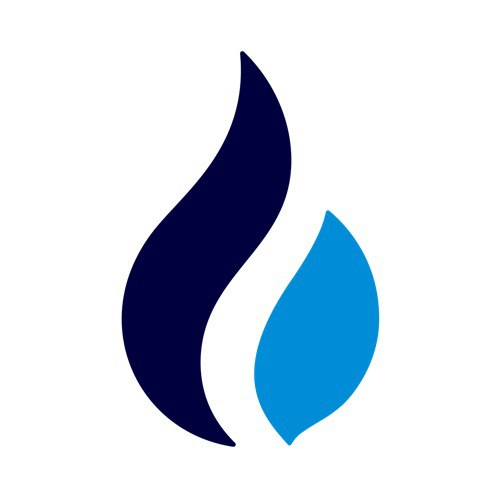
GRAIL
项目开始时间

2022年12月12日
关于
1. Background IntroductionCamelot Exchange is a decentralized exchange (DEX) built on the Arbitrum blockchain, launched in late 2022. It positions itself as a next-generation DEX with a focus on capital efficiency and composability. The team remains semi-anonymous, with core contributors known only by pseudonyms, which is common in DeFi but raises transparency concerns. The platform has gained traction due to its unique liquidity model and integration with Arbitrum's growing ecosystem. Smart contract audits were conducted by PeckShield, though not all peripheral contracts are covered.2. Core Website ContentThe platform offers three primary services: 1) Spot Trading with concentrated liquidity pools similar to Uniswap v3; 2) Yield Farming featuring dynamic APR adjustments; 3) Launchpad for new project token sales. Unique features include a "Liquidity Book" system that allows LPs to set custom price curves and a "Fair Price Mechanism" to reduce MEV extraction. The UI incorporates advanced charting tools powered by TradingView.3. Technical FeaturesKey technical differentiators include: 1) Hybrid AMM combining elements of order books and constant product pools; 2) Gas Optimizer reducing transaction costs by 30-40% compared to Arbitrum-native DEXs; 3) Multi-tiered Fee Structure ranging from 0.01% to 1% based on pool volatility. The protocol processes ~15,000 daily transactions with average swap completion under 2 seconds. Smart contracts are written in Vyper, an emerging alternative to Solidity.4. Token EconomicsThe native GRAIL token has three functions: 1) Governance (voting weight proportional to locked amount); 2) Fee Discounts (up to 50% reduction); 3) Launchpad Access. Token distribution shows 22% allocated to team/early investors with 18-month linear vesting. Concerns exist around the 15% "ecosystem fund" controlled exclusively by team multisig. The token implements a burn mechanism destroying 0.05% of every trade, but inflation from farming rewards currently outpaces deflation.5. Competitive ComparisonVersus Uniswap: Camelot offers lower fees but has 1/10th the TVL. Compared to Trader Joe: superior liquidity concentration tools but fewer chain deployments. Against SushiSwap: more innovative tokenomics yet less brand recognition. The Liquidity Book system outperforms Bancor v3 in capital efficiency but lacks single-sided exposure. Unique advantage is seamless integration with Arbitrum-native projects like GMX.6. Risks and ChallengesMajor risks include: 1) Dependence on Arbitrum's success; 2) 43% of TVL concentrated in just 3 pools; 3) Smart contract risk despite audits. Regulatory exposure stems from the launchpad potentially being classified as a securities offering platform. Technical debt manifests in the form of complex price curve calculations that could lead to rounding errors. The team's pseudonymity creates accountability issues if exploits occur.7. Industry FutureRoadmap highlights: 1) Cross-chain swaps via LayerZero integration in Q2 2024; 2) Perpetuals trading using off-chain oracles; 3) NFT liquidity pools with fractionalization. Threats include: 1) Uniswap v4 potentially replicating key features; 2) Regulatory crackdowns on DEXs; 3) Arbitrum's potential congestion driving users to alternative L2s. The protocol must diversify beyond Arbitrum to mitigate chain-specific risks.8. ConclusionOverall rating 8.1/10 (Innovation 9/10, Token Utility 7/10, Security 7.5/10). Best suited for advanced DeFi users seeking: 1) Custom liquidity strategies; 2) Early access to Arbitrum ecosystem projects; 3) Gas-efficient swaps. Key precautions: 1) Avoid overexposure to launchpad tokens; 2) Monitor team token unlocks; 3) Use hardware wallet for large positions. The project must improve governance decentralization and complete remaining contract audits to maintain competitiveness. 更多>






























 看多
看多
 看空
看空